How Technology Shapes Individual Learning Paths
Today, thanks to the rapid advancement of technology, individual learning paths have become the norm for every child.
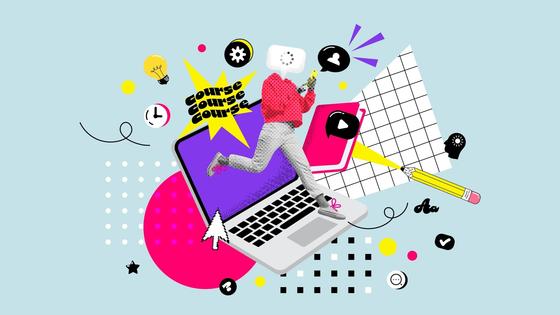
Whereas education used to be geared toward an average student, it is now tailored to each learner's unique characteristics, pace, and interests. Beyond personalized learning, modern education embraces many trends - from holistic education to virtual universes. Let's explore the key directions.
Microlearning and Adaptive Learning

The main enemy of a child's attention span is information overload. A child's brain - and an adult's, for that matter - cannot process the immense volume of data it constantly receives. Microlearning addresses this issue by breaking information into small, logically complete segments - short videos lasting 3-5 minutes, interactive flashcards, mini-games, and quizzes. This approach helps maintain focus and allows students to absorb knowledge on the go - not only in class, but also on the way to school, in line, or at home.
Learning becomes even more effective when microlearning techniques are combined with adaptive practices. Imagine a digital tutor that analyzes every response your child gives. If they make the same mistake five times in a row when conjugating an irregular verb, the system doesn't just record it - it instantly reacts: offering additional explanations, a set of similar exercises for practice, and returning to the difficult topic after some time to reinforce understanding. The algorithm builds an educational route in real time, flexibly adjusting its complexity and direction. Platforms such as Quizlet already operate on this very principle.
Game-Based Learning and Post-Gamification: When Studying Brings Joy
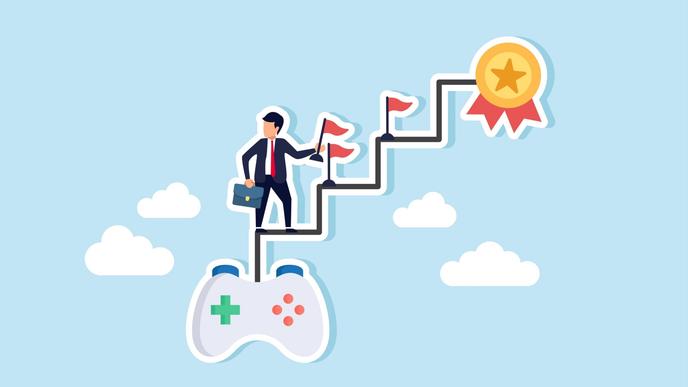
Gamification in education no longer surprises anyone. Points, badges, leaderboards, and "achievements" have become staples of digital pedagogy. Now, however, a new approach is emerging - post-gamification, a system that extends beyond the app itself. Its essence lies in ensuring that game mechanics continue to work in real life, supporting long-term motivation.
Since this format follows the core learning process, post-gamification must be even more engaging - and also more challenging. Students should have opportunities to fully demonstrate their acquired knowledge and skills. For instance, a child who successfully completes a science module online doesn't just receive a virtual medal but gets a real "mission": conduct a simple experiment, photograph a certain type of cloud during a walk, or find three plant species in a park. Once the quest is completed, they upload proof to the app and unlock the next level or new content. This extended format, used by platforms such as ClassDojo, turns the entire world into a continuation of the classroom, enhancing the sense of achievement and linking knowledge to real-life experiences.
New Horizons: Immersive Environments and the Development of Soft Skills
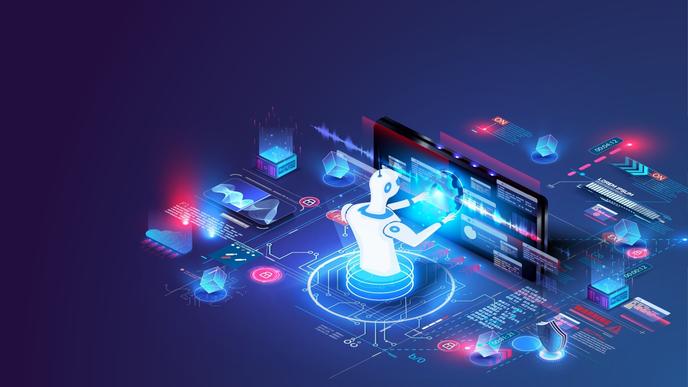
Beyond the now-familiar trends, two powerful waves are gaining momentum:
- Immersive Learning through VR/AR. Augmented and virtual reality technologies are steadily becoming part of everyday life, no longer an unaffordable luxury. With a headset or even a regular smartphone, a child can travel back in time to witness the daily life of ancient Romans or "walk" through a human blood vessel during a biology lesson. Projects like Google Expeditions offer ready-made educational tours that immerse students in a topic, making abstract concepts tangible and memorable for years. Educational VR content also includes the Apollo 11 VR space simulator, a virtual fine art museum, the Museum of Fine Art gallery, and many more.
- Focus on Soft Skills. Digital platforms increasingly include activities that foster critical thinking, creativity, and communication. Instead of simply solving a math problem, a student might be asked to develop and present a project on optimizing a family budget before a virtual audience. This is no longer just studying - it's a simulation of real-life situations that prepares them for future challenges. This approach, known as Holistic Education, aims to nurture not only a competent specialist in one field but a well-rounded individual - one who possesses multidisciplinary knowledge, can think critically, and sees the connections between subjects.
- Business Thinking and Entrepreneurial Projects. Educational programs for older students are increasingly incorporating elements of business thinking. Through game-like scenarios, children learn to generate ideas, form hypotheses, calculate minimal budgets for small projects (such as selling lemonade or handmade cards), analyze risks, and take responsibility for their decisions. This cultivates independence, determination, and foresight - qualities that are crucial in today's world.
Lectera’s Online Courses by topic
Tools to Support Parents
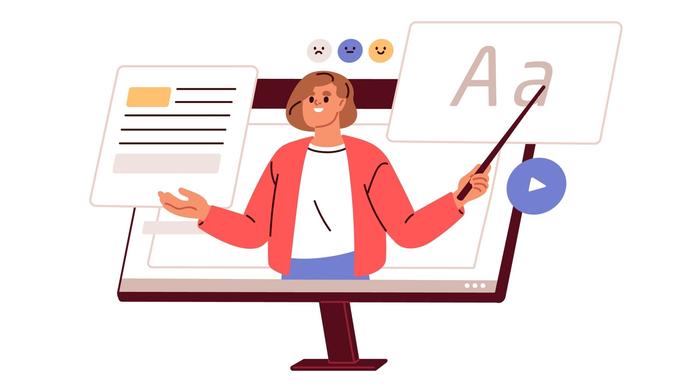
A parent's main role is not just to supervise but to act as a curator and mentor. Here are a few practical steps to help you do that:
-
Conduct an educational audit. Together with your child, analyze which subjects come easily and which are more challenging. Which learning formats (video, audio, interactivity) do they prefer? When are they most focused - morning, afternoon, or evening? This will help you choose the right tools. Such an audit should be conducted periodically, for example, every six months.
-
Use smart aggregator apps. Services like Khan Academy Kids or LearnBrilliant offer personalized sets of activities across multiple subjects, saving you from chaotic searching.
-
Apply the "Explain to AI" principle. Ask your child to take on the teacher's role and explain a newly learned topic to a voice assistant (like Siri) or simply to you. This method - known as the Feynman Technique - is one of the best ways to test and reinforce understanding.
-
Maintain digital balance. Remember the principles of digital minimalism. Technology is just a tool. Set clear screen-time boundaries and be sure to balance them with physical activity, creativity, and face-to-face communication.
Personalized learning is a reality that changes the rules of the game. It allows us to move away from standardization and unlock each child's unique potential, nurturing not just a bearer of knowledge but a curious, adaptable, and thoughtful individual - ready for lifelong learning from an early age. Your personal educational mentor is now always at hand.
Share this with your friends via:
Latest News

A significant stage in the development of the alternative education system has begun in West Northamptonshire in the UK: the County Council is actively calling on parents, guardians, and trustees to participate in shaping the future of this key area.

Outwoods Primary School in Atherstone, Warwickshire, having experienced deep sadness after the loss of their famous cat, Silla, has found solace in a new pet – a Maine Coon named Aloysius O’Hara.
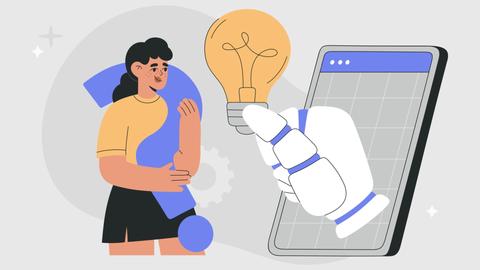
In modern universities, artificial intelligence, and in particular ChatGPT, is rapidly transforming from a controversial tool into a full-fledged student assistant.
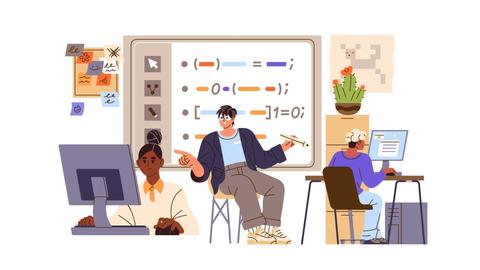
An innovative educational project is gaining momentum in UK primary schools, aiming to change attitudes towards video games.
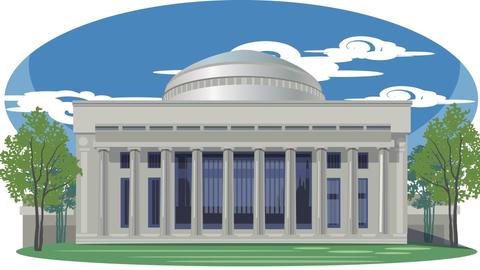
The Massachusetts Institute of Technology (MIT) presents MIT Learn – a revolutionary online platform that opens a “new front door” to access university knowledge and resources.


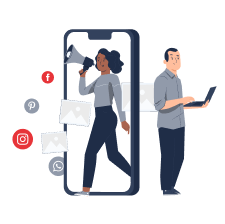
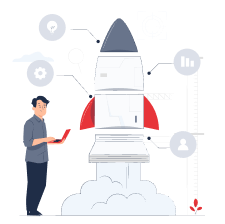

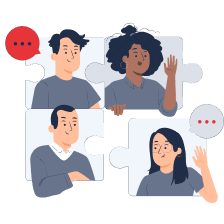


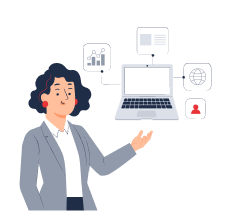
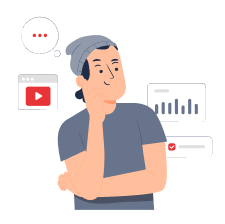

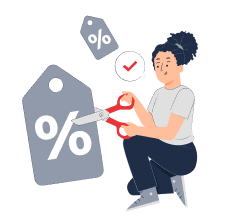
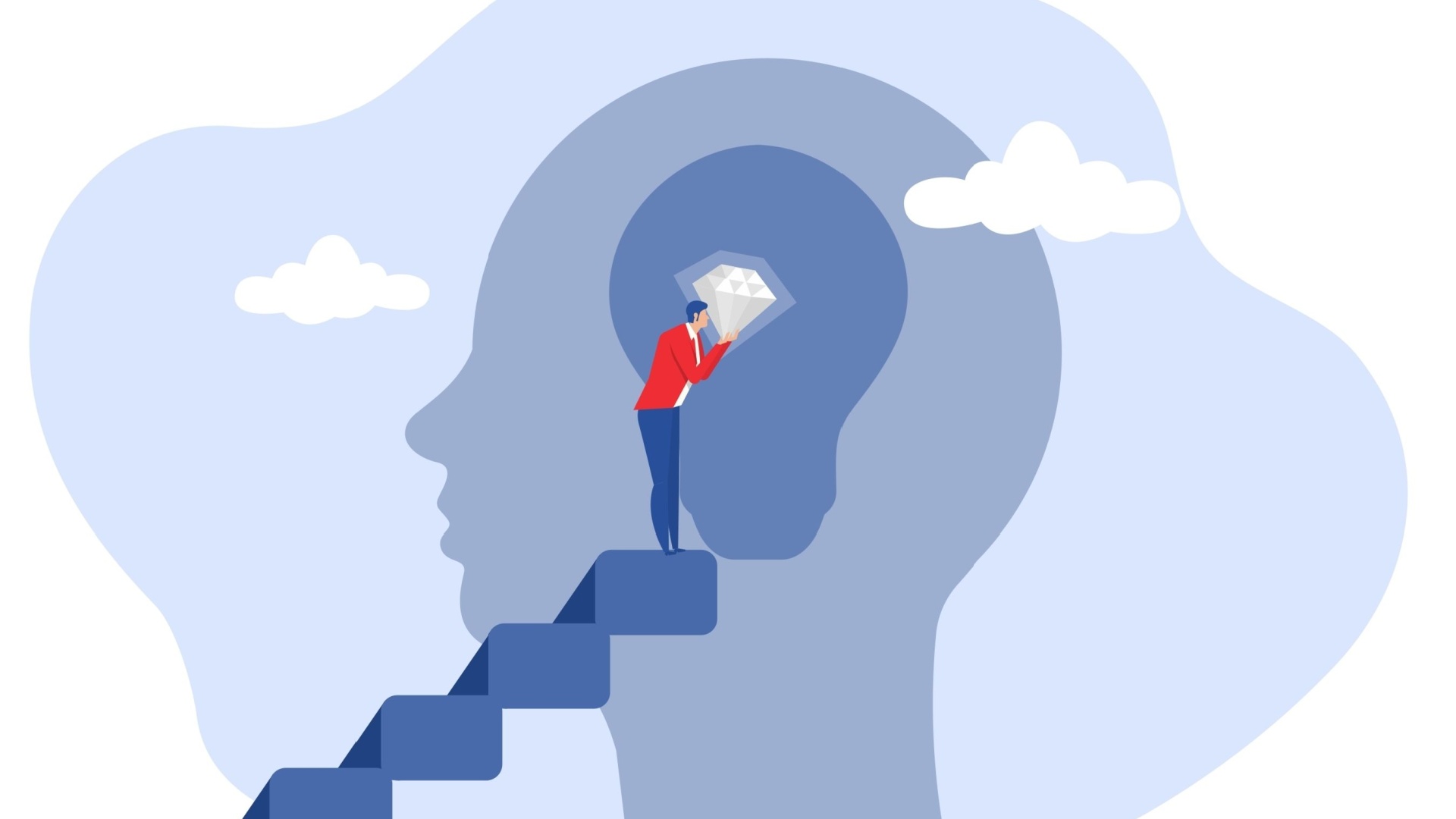 How Not to Lose Focus When Learning Everything at Once: The Art of Selective Development
How Not to Lose Focus When Learning Everything at Once: The Art of Selective Development
 Test. What Winter Dessert Are You?
Test. What Winter Dessert Are You?
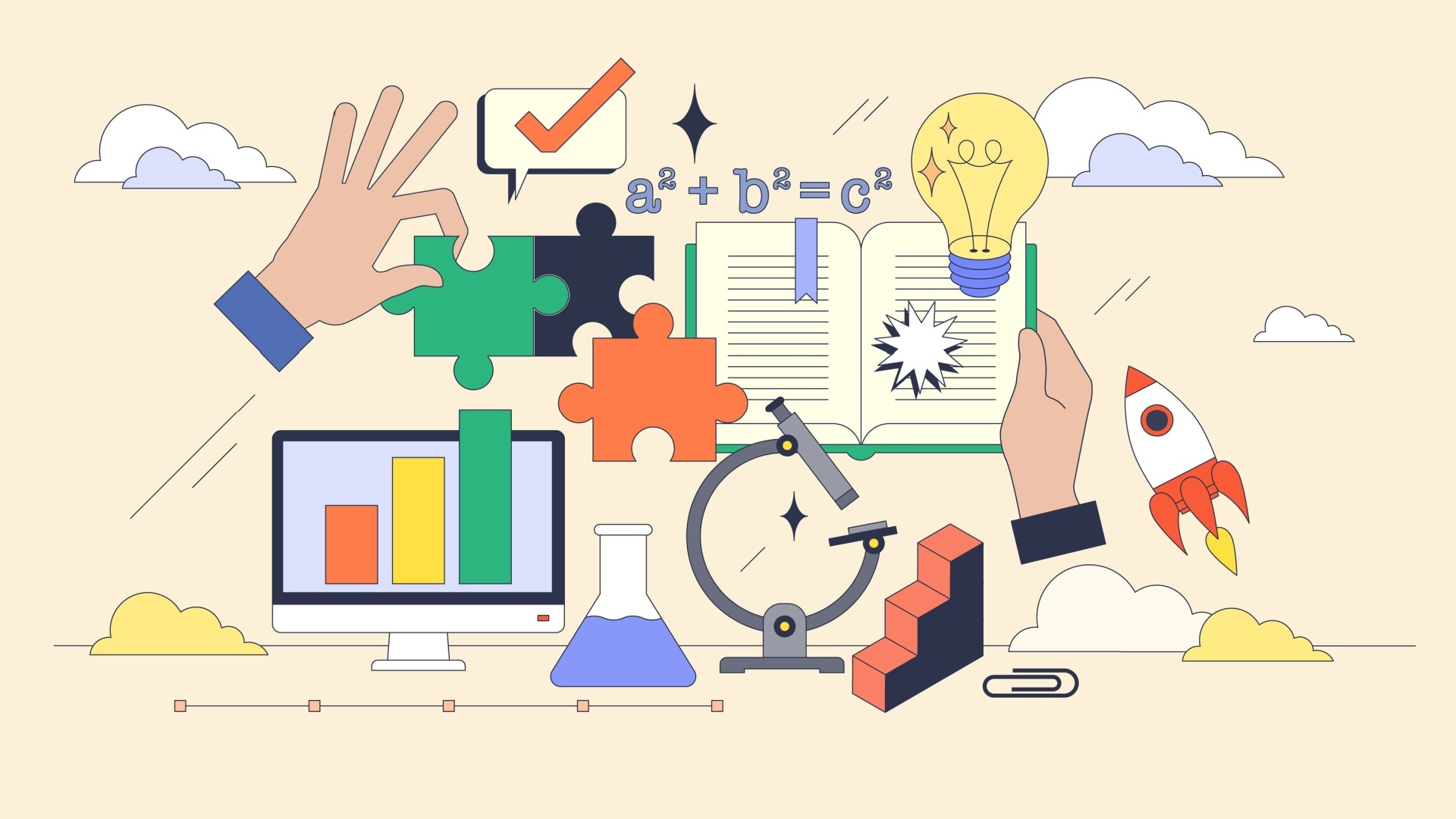 What New Skills You Should Start Learning Today
What New Skills You Should Start Learning Today
 Test: What Kind of Ancient Goddess Are You?
Test: What Kind of Ancient Goddess Are You?
 Test: Which Great Woman Would Invite You for Tea?
Test: Which Great Woman Would Invite You for Tea?
 Test: How Well Do You Balance Work and Personal Life?
Test: How Well Do You Balance Work and Personal Life?
